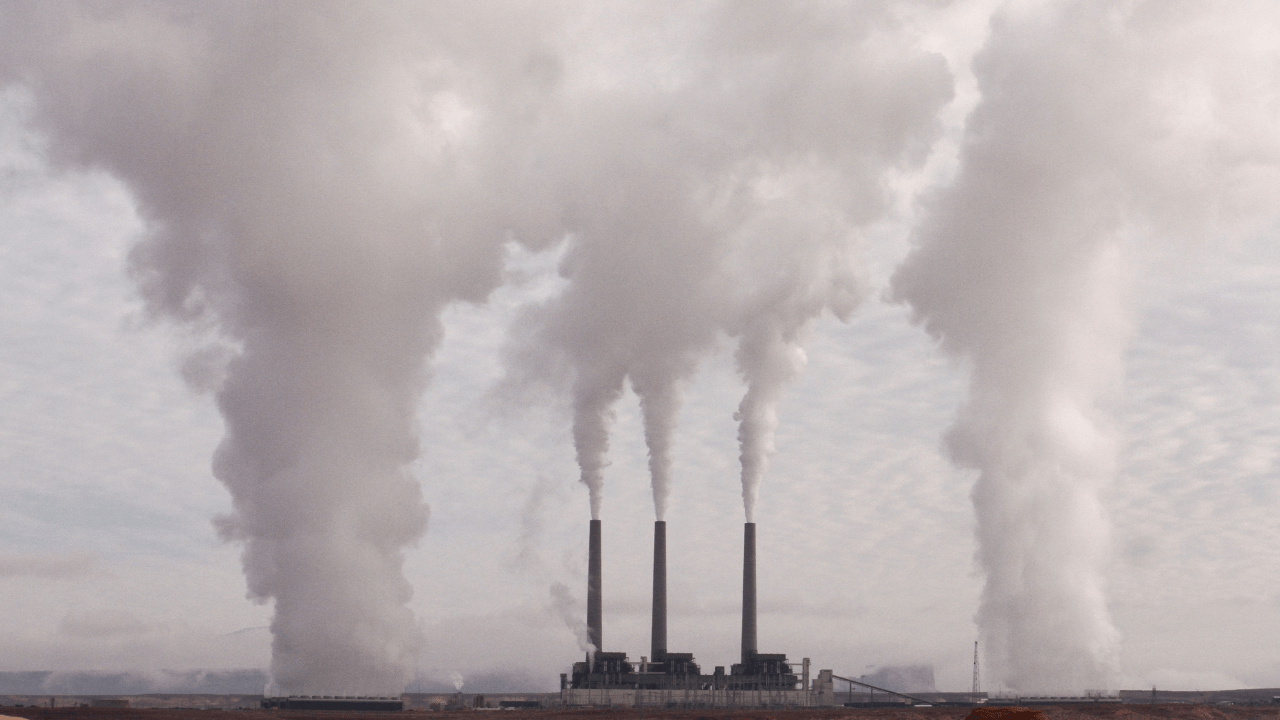The Long Term Health Effects Hidden in the Aussie Toxic Smoke
by Vanita Dahia
Australia has been ravaged by the worst wildfires seen in decades with swaths of the country devastated since the fire season began and still continues. The catastrophic bush fires have destroyed more than 18 600 000 hectares of land, destroyed over 5900 buildings, 3000 homes many of whom have will have lost their livelihood including their homes.
Australia prayed for rain and within weeks after the first rains, we saw evidence of new life sprouting from the charred remains.
The Toxic Smoke
The Australian Health Authority have warned Australians to be mindful and cautious about exposure to bushfire smoke. The fires have ravaged livestock, crops, bush, homes, businesses all of which are laced with:
- volatile solvents found in household furniture, cleaning chemicals
- pesticides and herbicides from vast masses of crops that have been bent
- essential oils and resins from trees and bushes
- toxic fumes from charred remains of humans, native animals and livestock
- chemicals from industrial equipment and businesses that have stock burnt
- PFAS and fire retardant chemicals, the pink chemical released from aircraft
PFAS in Fire retardant
PFAS (per- and poly- fluoroalkyl substances) are chemicals used in fire retardant foams, also used in metal plating, non-stick cookware, stain resistance carpets, rugs and furniture and plastic edging. PFAS-contaminated soil water and air is inhaled through the toxic smoke and can be absorbed through the skin leading to severe damaging health effects.
The Australian environmental protection authority has identified PFAS worldwide as emerging contaminants to humans and animals alike.
Scientists have reported at CDC, the agency for toxic substances and disease Registry that collectively the group of PFAS chemical exposure reported an increased risk of cancer and autoimmune disease.
- PFAS chemicals are made up of a group of chemicals like PFOS, PFOA, PFHxS, and PFNA. PFAS has been widely studied and its effects on humans have shown that PFAS exposure in immuno-compromised people may:
- Interfere with the body’s natural hormones production
- Increase cholesterol levels
- Suppress the immune system
- Increase the risk of some cancers
- Increase risk of kidney disease
- Increase risk of thyroid disease
How does the Toxic Smoke affect your health?
Smoke also contains toxic gases, such as carbon monoxide, carbon dioxide, and nitrogen oxides.
Exposure to smoke from fires:
• Aggravate asthma and other respiratory conditions, cause coughing and shortness of breath and irritate the eyes, nose and throat
• Cough or shortness of breath
• Scratchy or sore throat
• Chest pain
• Burning pain in the eyes
• Runny nose or inflamed sinuses
• irritate the eyes, nose, throat and lungs
• physical and emotional health is severely compromised with increased stress of losing homes and livelihoods
• extreme heat, physical injuries such as burns, heat stress and dehydration
• Headache
Who is at risk?
Most people tolerate smoke exposure, may feel fatigue and short of breath for the duration of heavy smoke in the air. Each person will have a different response to smoke exposure. People with underlying health conditions will be mostly affected.
Those at greatest risk of harm from bushfire smoke are:
• people with respiratory disease, especially asthma, but also emphysema, chronic bronchitis or allergies
• smokers
• Auto-immune disease patients
• people with heart disease
• children
• the elderly
How to Test your Toxic load
The liver is responsible for detoxifying toxic load of the body be it consumed, inhaled or applied.
- Test for liver function with a Liver Function blood test.
- Use a buccal swab to identify gene snips which reveals phase one and phase 2 detoxification pathways with Detoxi-genomic profile.
- Test for PFAS toxicity in drinking water with a PFAS level test[1]
- Test for your body’s toxic load of volatile solvents, pesticides, herbicides, organophosphates, phalates or parabens with Genova Core Panel. To perform this test, you will need to send a blood and urine sample to the lab.
How to Remediate from Toxic Smoke
Once a toxic load is identified and you are feeling effects of the toxic haze, remediate with removal from exposure.
If you are unable to relocate, use a good quality air purifier and masks to minimise exposure.
• Pay attention to health authority alerts and DFES alerts
• Stay inside, use masks and air purifiers
• Keep windows and doors closed
• If using an air conditioner in the home or a car, switch to “recirculate”
• Avoid dust production with activities like vacuuming, smoking, burning candles, BBQ’s or wood fires
• Ensure that you have sufficient medication with you and visit your health professional if needed
Ask your health practitioner for guidance and advice on remediation of mast cell activation, support immune system and relieve respiratory distress.
Mask on or Mask Off?
Make sure you’re buying the right face mask and note that masks have a limited benefit. There are many types of disposable masks available which can assist in protection. Masks can tend to restrict air flow and make breathing more challenging.
Disposable P2/N95 face masks (also known as P2/N95 respirators) are able to filter out very fine particles from the air when worn correctly. They help reduce exposure to bushfire smoke/ poor air quality and associated health effects. N95 are the most common respirator masks available and are usually sufficient. The “95” means the mask is capable of filtering out 95% of particles sized 0.3 microns.
Where to get help?
The Australian Government Health Authority have many publications, alerts, guides on protection against the effects of toxic smoke from fires. [2]
Check your toxic status and the need for detoxification.




